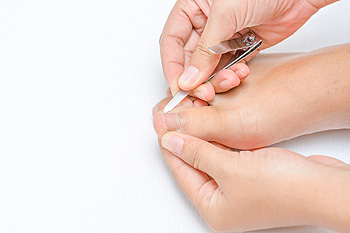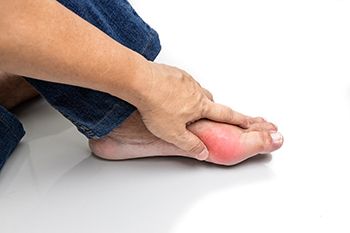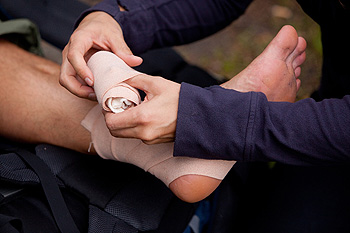
Achilles tendinopathy is an overuse injury of the Achilles tendon that causes it to become inflamed, painful, and stiff. The Achilles tendon attaches the calf muscles to the heel bone at the back of the lower leg and allows us to point our feet downward. When this tendon is stressed or used excessively, it can suffer tiny micro-traumas and tears over and over again. If these injuries do not properly heal the damage can build up on the Achilles tendon and lead to Achilles tendinopathy. Running on hard surfaces, wearing improper footwear, using poor technique when training, and accelerating workouts too quickly can contribute to the development of Achilles tendinopathy. Athletes such as runners, tennis players, and dancers are at risk of acquiring this condition because of how often they use the Achilles tendon. If you have injured your Achilles tendon in this way, there is good news. A chiropodist can help repair this important tendon and treat your painful condition. Reach out to your local chiropodist today to start the healing process.
Injuries to the foot and ankle are very common among athletes. If you have experienced an injury, please consult with one of the specialists from Thornhill Foot Clinic. Our chiropodists will assess your condition and provide you with quality foot and ankle treatment.
Common Injuries Among Athletes:
Achilles tendon injuries
Ankle strains or sprains
Plantar fasciitis
Fractures
Turf toe
Joint dislocations
Sever’s disease
Morton’s neuroma
Symptoms
Symptoms will depend on the cause and severity of the injury. Common symptoms for a foot or ankle injury include pain, swelling, tenderness, bruising, a reduced range of motion, and difficulty bearing weight or walking on the affected foot or ankle.
Diagnosis
Sports injuries are typically diagnosed after carefully examining the affected foot or ankle. This includes moving the injured area to test its range of motion. Medical history will need to be provided, as well as detailed information about how the injury occurred. Imaging studies, such as X-rays or MRIs, may be used to confirm or rule out certain diagnoses.
Treatment
Just like symptoms, treatment will depend on the type of injury and its severity. Initial treatment for many sports injuries is aimed at controlling inflammation and promoting the healing response. The acronym R.I.C.E is a helpful guide to implement for most acute injuries. This method involves resting, icing, compressing, and elevating the affected foot or ankle. In addition, anti-inflammatory medications may be administered and orthotic devices may be prescribed. For more severe injuries, surgery may be required. Lastly, rehabilitation or physical therapy may be needed to gain full functionality in the afflicted area.
If you have any questions, please feel free to contact our office located in . We offer the newest diagnostic and treatment technologies for all your foot care needs.




